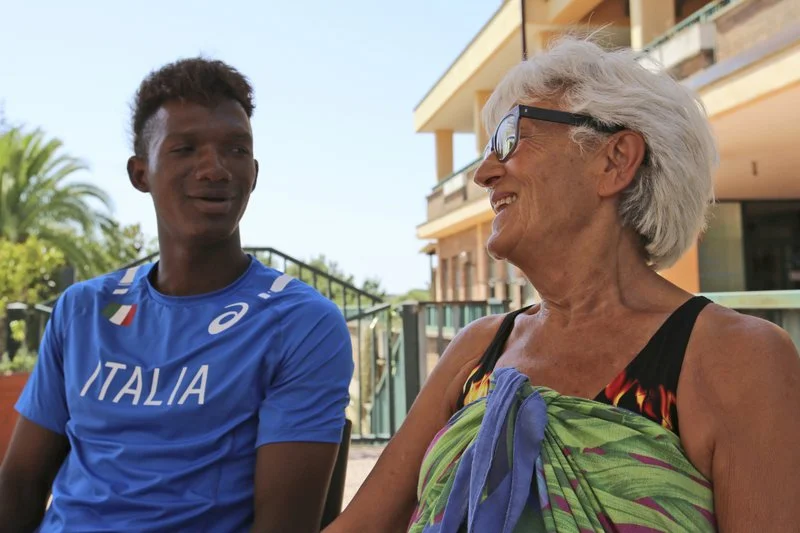For decades, scholars have written pages and pages attempting to solve the enigma of the so-called “Birds’ Head Haggadah,” an illustrated manuscript of the Passover Haggadah probably created in Germany in the early 14th century. Scholars have described the work as the earliest-known illuminated version of a Haggadah; its remaining 47 folios are preserved in the Israel Museum in Jerusalem. The mystery so many academics have been fascinated by lies in the way the characters are depicted around the text—with human bodies and sharp-beaked, bird-like heads.
A professor of Jewish studies at Vassar College in upstate New York, Marc Michael Epstein has introduced a series of provocative theories to the long-running academic conversation about this Haggadah. Now, after questioning the existing theories, claiming that those illustrated creatures are in fact griffins, and even challenging the academic community to rename the manuscript, he’s taking his research one step further. He’s creating a new illuminated manuscript, in the style of the Haggadah—but this time, it’ll be a Megillah.





